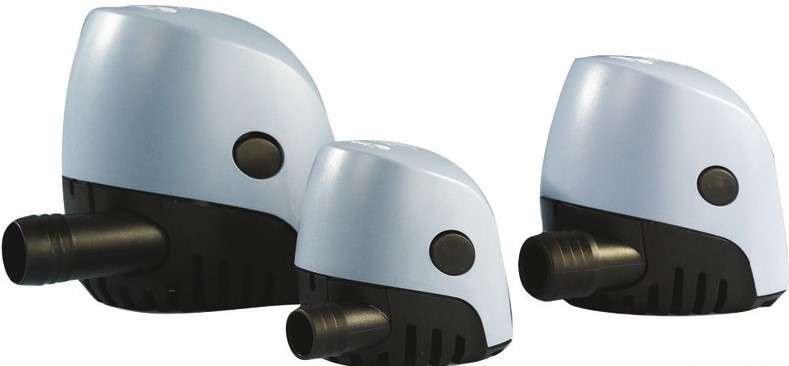Unlike other means of maritime transport, a ship is like a large system in which every small or large part is interdependent. For large ships, the hold or the part fitted out to facilitate embarkation and disembarkation needs more careful maintenance. So the bilge pump keeps the bilge dry, both in emergency situations and during normal navigation. But how do you install a bilge pump?
How to choose a bilge pump
As a naval safety element for more comfort, the bilge pump is very necessary to keep your feet dry in case of water ingress. So, being a captain leading the whole crew or marine people, if you need to change your naval pump, there are different types. Several famous brands such as Johnson pump, Seaflo or Whale are ideal for large boats or even a small boat.
Nowadays, marine technology is constantly evolving. Experts are always looking for the best tools to minimise marine accidents such as sinking and leaking. Indeed, it is important to choose the right bilge pump to evacuate unnecessary water and waste.
What are the different types of bilge pumps?
There are 4 types of bilge pump that can be used depending on the size of your bilge:
- portable hand pump or siphon pump: this hand pump is lightweight and has a low flow rate against water ingress. It requires no maintenance.
- Diaphragm or fixed manual pump: this is a little stronger than the manual pump, its flow rate is between 25 and 100L/min.
- remote turbine pump: this is a high-end turbine, with a power of 12 to 15 V and a flow rate of 1950 to 4500 L/H. It handles dirty water and small waste.
- electric submersible pump: also very high flow rate, its flow rate reaches approximately 1500 to 4950 L/hour.
What process should be followed for optimal installation?
Like any other marine equipment installation, the installation of a bilge pump also requires a specialist. If you want to adopt an automatic bilge pump, you can combine it with a mechanical automatic switch. This provides an automatic function. Here is the ideal installation process for installing a bilge pump.
Firstly, you need to choose the position of the bilge pumps in relation to the arrangement of the other pumps and pipes and the direction of water flow. You need a strainer, a reinforced hose, nozzles and non-return valves to prevent water from flowing down the strainer. There are 5 steps to follow:
- prepare the site
- install the strainer and float: connect the end caps and small pipes to be combined
- connect the electric wires: glue and connect with a switch
- install the grommet
- install the discharge pipe or large outlet pipe with the strainer
After installing your boat bilge pump in an optimal way, you will not have any problems with unwanted water leakage.






